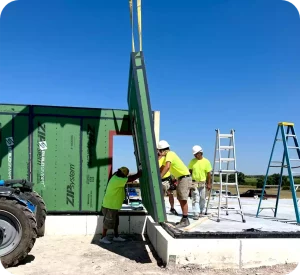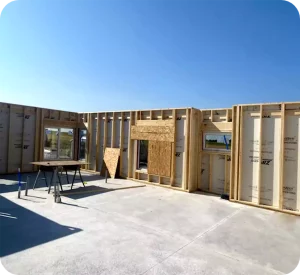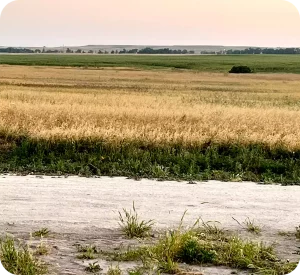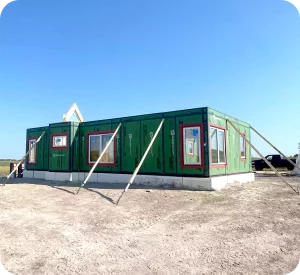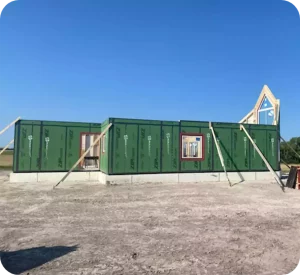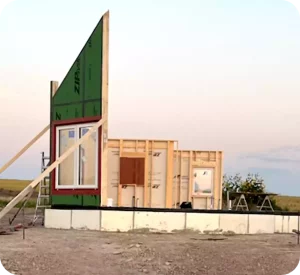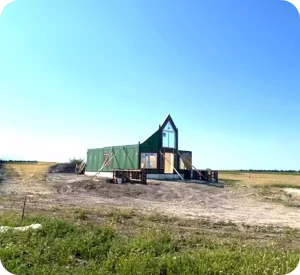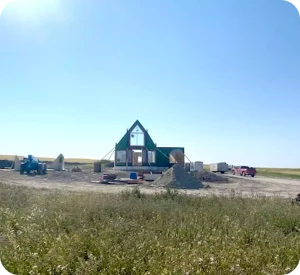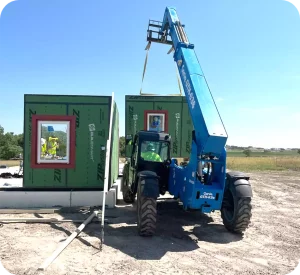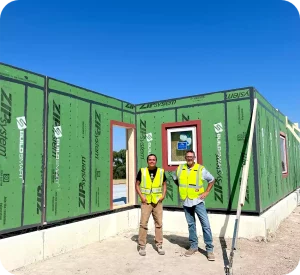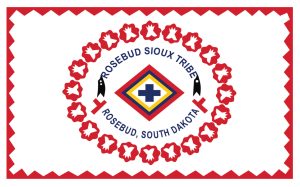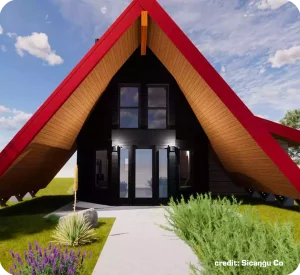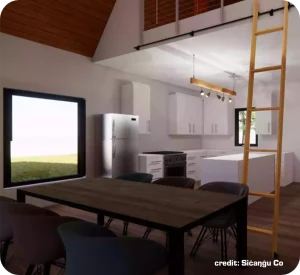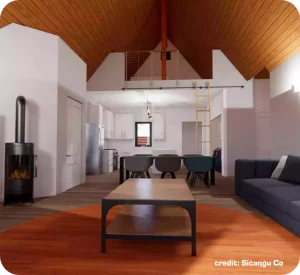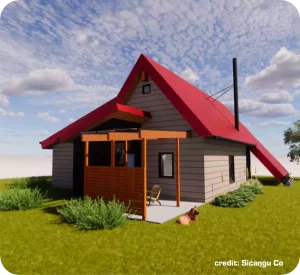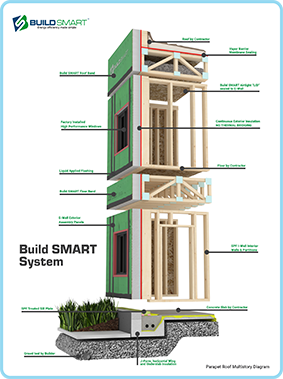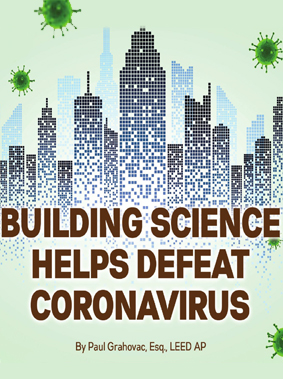Pilamayaye for KEYA WAKPALA WOÍÇAGEYAPI Build SMART!
“My friends, your people have both intellect and heart; you use these to consider in what way you can do the best to live.”
– Spotted Tail, Lokata Chief
As a wholly owned arm and entity of the Rosebud Sioux Tribe, REDCO serves as the official development corporation of the Tribe. REDCO’s primary mission, among other duties, is to promote economic development and sustainability for the tribe.
Even in the face of economic hardship, the Rosebud Reservation’s counties have spoken with resounding clarity, REDCO leaves no stone unturned and so endeavored a comprehensive data collection campaign. Known as the Rosebud Economic Development Corporation (REDCO) survey entitled: Sicangu Lakota Strengths, Economic Needs, and Business Development Assessment (Sicangu Strengths), the survey was administered to both Native and non-Native people on the Rosebud Reservation. In addition to the Sicangu Strengths survey, another survey—the Sicangu Lakota Business Assessment (Business Assessment)—was administered to business owners and managers of businesses on the Reservation and in other nearby towns.
A remarkable 65% of respondents expressed their willingness to pay for services if companies demonstrated greater care for the environment and the 7th generation approach within Lakota ways of thinking about the world, in particular. This desire beautifully reflects our shared commitment to preserving the Earth’s resources. The seventh-generation principle is based on an ancient philosophy of the Haudenosaunee Confederacy (Iroquois), which is recognized as the oldest democracy in the world and believed to be the model of the American Constitution.
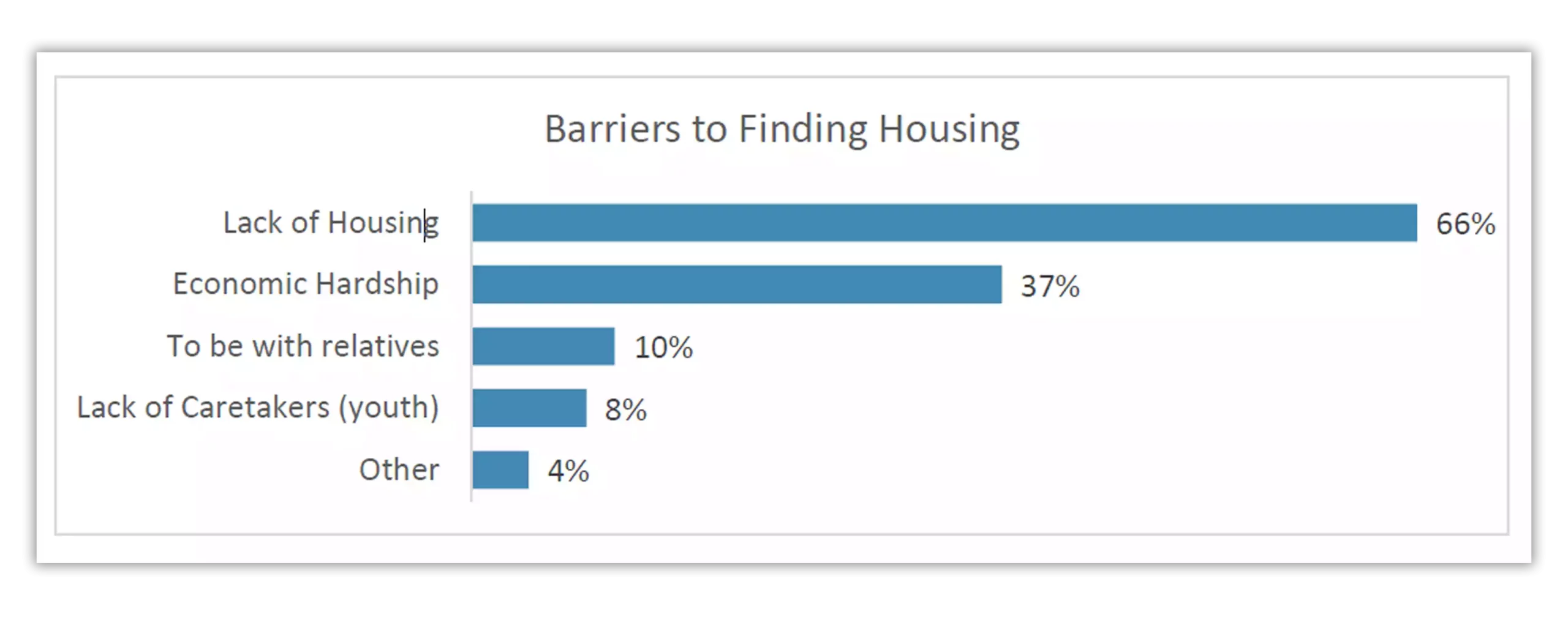
That is how the idea of Keya Wakpala Woiċaġeyapi (Turtle Creek Regenerative Development) was born. Keya Wakpala Woiċaġeyapi will be a living community that nourishes the Siċaŋġu spirit and way of life. The Keya Wakpala site comprises 590+ acres that eventually will be home to anywhere from 200-600 affordable and accessible quality-built, energy efficient homes, near community gardens and a multi-use gathering space, with places for people to shop and work and for children to play together. By incorporating Build SMART’s innovative E-Wall System, we can effectively tackle the concerns outlined in REDCO’s report related to sustainability and environmental conservation all while promoting long-term economic development. Let’s delve into the details of how each problem can be triumphantly resolved with Build SMART, while keeping the Native American community’s aspirations at the forefront.
The portion of the report under “Adequacy of Living Space and Barriers to Adequate Housing” is of particular interest to Build SMART. According to the data there is an average of 5 people currently living per household, with the range of occupants being 0-20. Accordingly, each household has an average of 2 school aged children. Furthermore, there are 106 homes allowing a total of 291 people ‘who would otherwise be considered ‘homeless’ or ‘houseless’ if they did not provide them with a place to stay.’ These ‘otherwise homeless or houseless’ individuals account for a total of 251 families. Thus to accommodate the housing needs of this survey sample alone, 251 shelters would need to be created. With approximate household income prior to taxes for the majority, or 75%, being ‘less than $20,000 per year; 18% making between $20,000 and $50,000 per year; and 7% who make ‘More than $50,000 per year, affordable housing is critical to meeting the needs for the entire community.
REDCO’s data emphasizes the importance of long-term economic development strategies that resonate with the profound wisdom of the Lakota people’s 7th generation approach, these expressions of reverence for nature align harmoniously with Build SMART’s ethos, as we strive to create spaces that honor the land and its abundant gifts. It’s evident that sustainability and environmental consciousness should take center stage when envisioning new homes and communities that will stand the test of time. Build SMART’s factory prefabricated E-Wall panel system aligns perfectly with these aspirations. Our wall panels are constructed using high-quality, sustainable materials and advanced energy-efficient technologies, ensuring that homes, businesses, and communities are built with minimal environmental impact from the very start of the construction process. By focusing on climate and health goals, Build SMART aims to contribute to a sustainable future by creating energy-efficient, environmentally friendly, and healthier buildings.
In terms of renewable energy, Build SMART offers comprehensive solutions, our process is designed to integrate systems into our fabricated components including Solar panels, heating, ventilation, and air conditioning (HVAC), insulated floor systems and other sustainability integrations. This ensures seamless integration and improved time as well as energy efficiency of the building. It’s worth noting that the Rosebud Sioux Tribe is already pursuing wind farm options elsewhere. However, Build SMART still contributes by providing buildings and structures that have significantly lower energy needs, thus reducing reliance on energy sources, non-renewable or otherwise.
While the Rosebud Sioux Tribe diligently explores all sustainability possibilities, Build SMART contributes by embracing practices that allows Lakota communities to proudly manifest their traditional values in the 21st century—bridging ancestral wisdom with innovative approaches. The E-Wall panel system, will foster economic growth, enhance the overall well-being of the community, and ensure a sustainable future for the next seven generations.

The cost to build vs. the cost to live
On the surface it seems reasonable for people designing and building a new home to strive for the largest home their building site and budget can accommodate. Or is it?
It depends on whether your focus is on the cost to build OR the cost to live.
Homes that feature more square feet of conditioned space are subject to higher property taxes, and higher utility bills. Then there’s the cost of furnishing and maintaining square footage that may only get occasional use.
In the custom housing market today the trend is moving away from building bigger to building better. And as you build better houses -flexible living spaces that provide more comfortable, more energy efficient living conditions – the foot print of a new home tends to shrink.
So while your initial cost to build a 3000+ square foot house to code, vs. a higher performing 2500 square foot house may not decrease, your ongoing cost to live does.
Better built homes reward you with better health, lower taxes, reduced heating and cooling bills and reduced ongoing maintenance for the life of the home. These contribute to a higher quality of life.
So as you struggle to fit you dream home into a budget you can afford, remember that the challenge of funding the cost to build should be short lived. But the rewards of building better can last a lifetime.
Location
Mission, SD

Project Type
Multifamily

Size
1,713 SF

Climate Zone
5

Exterior Walls
2X6 SPF with ZIP-R9 Insulation

Project Profile
Coming soon
Home energy rating Think Little
Self Assembled Construction
Let’s find your solution.
Have a question or a project? Check out our FAQ’s or Contact us.
More about The KEYA WAKPALA Project
“Home is the ultimate consumer product. It has to be. We spend nearly 70 percent of our lives in our homes. Home is where life happens.”
– Sam Rashkin
HOUSING 2.0 – A Disruption Survival Guide


